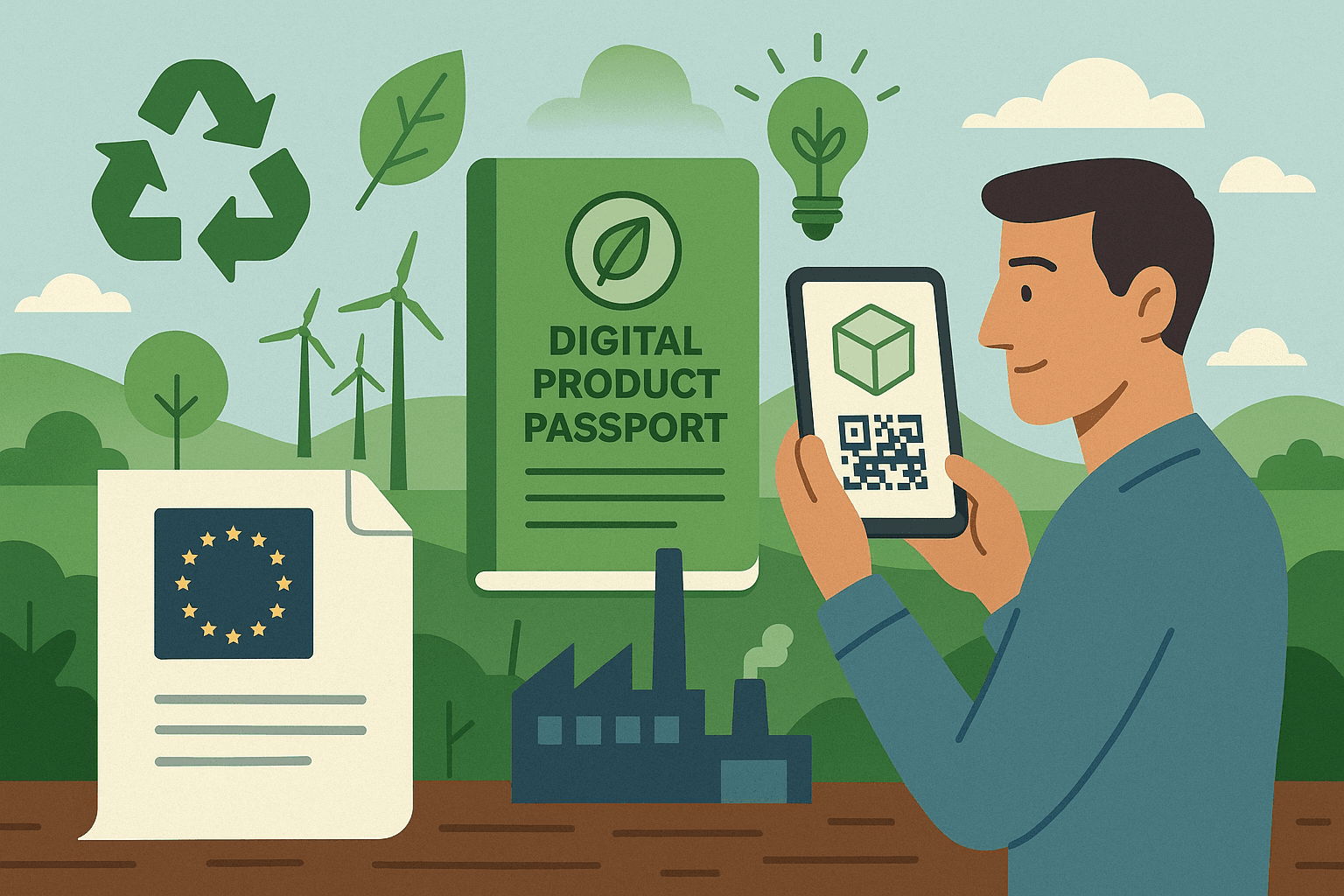Digital Product Passports and the New EU Ecodesign Rulebook
A quiet deadline is racing toward every factory gate in Europe. The Ecodesign for Sustainable Products Regulation (ESPR) took effect on 18 July 2024 and, with it, the Digital Product Passport (DPP) became real law instead of buzzy concept. Brussels has now set the clock: product groups on the first ESPR Working Plan, published April 2025, will need passports first, and all physical goods sold in the EU are expected to carry one by 2030. Manufacturers who rely on Environmental Product Declarations (EPDs) today have an inside track, but only if they tighten their data house now.
ESPR in a Nutshell
The ESPR replaces the 2009 Ecodesign Directive and widens the scope from energy-related appliances to almost every physical product (European Commission, 2024). It lets regulators set “ecodesign requirements” on durability, repairability, recycled content, and—critically—information transparency. The law covers a market worth more than €1 trillion in annual sales (European Commission, 2025). Ignore it and your products risk roadblocks at EU borders and in public tenders.
What a Digital Product Passport Actually Contains
Think of the DPP as a secure, scannable boarding pass for each SKU. It stores a unique identifier, compliance proofs, sub-stances of concern, carbon-footprint figures, plus instructions for use and disposal (data.europa.eu, 2024). Access rights will vary—regulators see everything, buyers see enough to choose responsibly, recyclers see tear-down recipes. No paper inserts that get lost, no QR codes dangling off spreadsheets.

Construction Products Move to the Front
The revised Construction Products Regulation that entered into force on 7 January 2025 folds the DPP straight into CE marking workflow (European Commission, 2025). Declarations of Performance and Conformity will live inside the passport, alongside safety and embodied-carbon data. That matters because construction items often linger in project specs for years. Early DPP readiness can lock in “preferred supplier” status long before rivals clear the bar.
EPD Data Is Your Shortcut
An EPD already distills cradle-to-gate emissions, resource use, and end-of-life scenarios. Those same datapoints map neatly into the DPP fields on carbon footprint, recyclability, and circular content. If your EPD pipeline runs smoothly, feeding its outputs to a DPP service is largely automation, not reinvention. Where many stumble is messy plant data and cross-team hand-offs—the very steps Parq’s white-glove approach streamlines.
Five Moves to Stay Ahead
- Audit existing product documentation to spot gaps against ESPR info requirements.
- Consolidate LCA, EPD, and compliance files in a single data model that a DPP API can read.
- Tag factory and supplier data with unique identifiers now, not after the first delegated act drops.
- Pilot a passport on one high-volume SKU to pressure-test IT and change management.
- Train sales teams so they can turn passport data into an edge during specification talks.
Smart manufacturers treat the passport as a sales enablement tool, not just paperwork.
Where to Start the Conversation
Want a sanity check on your DPP readiness plan? Connect with John to trade notes and see how your EPD data can fuel a passport that sells.
